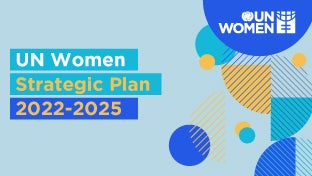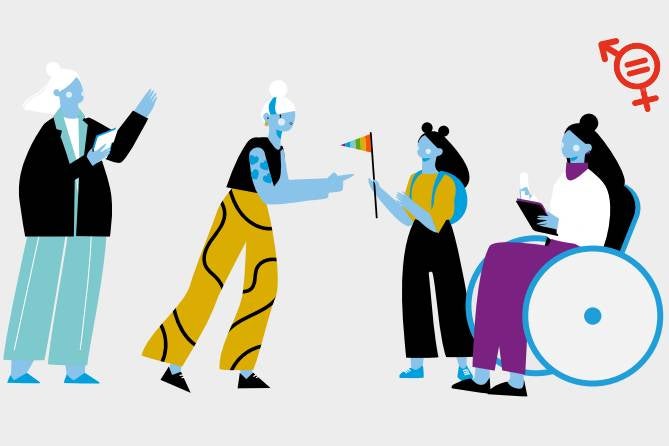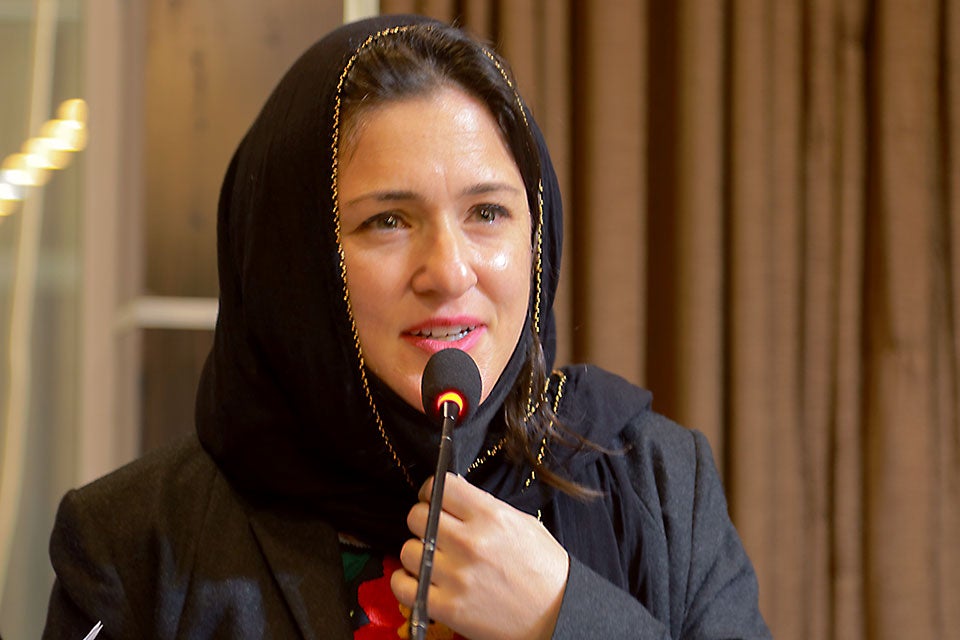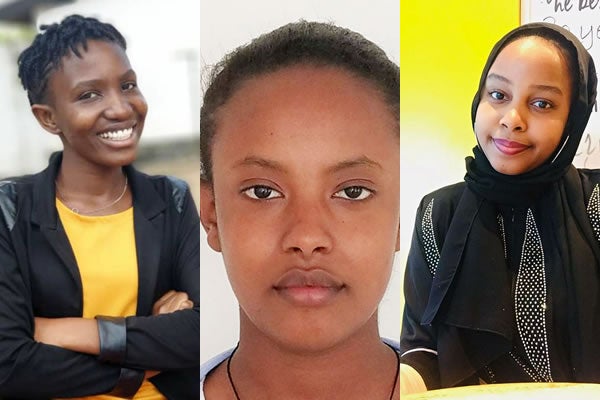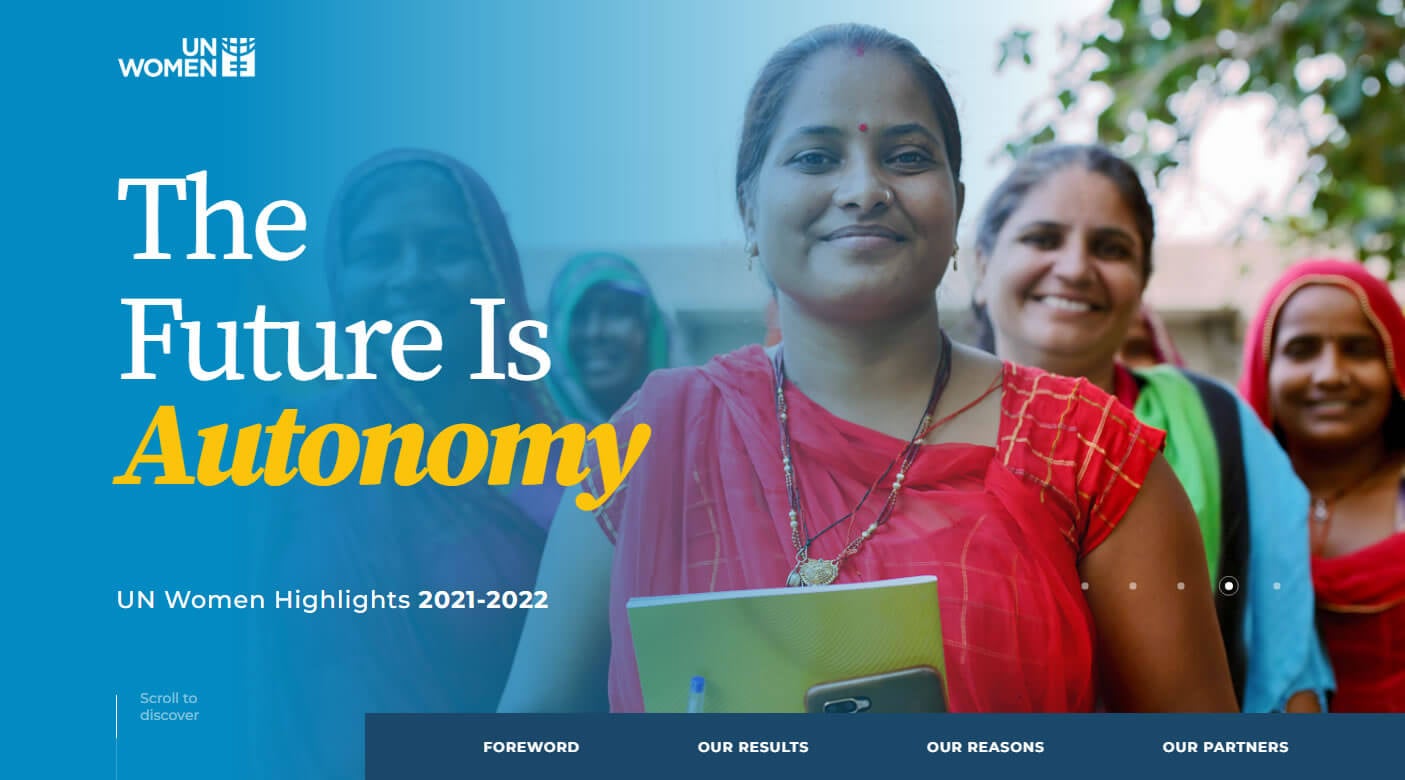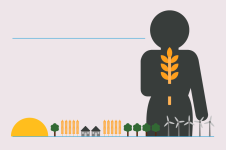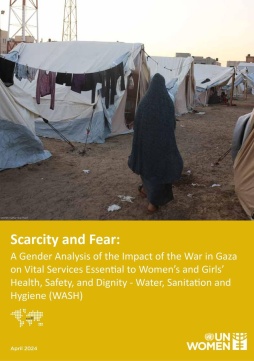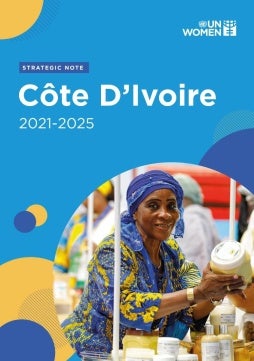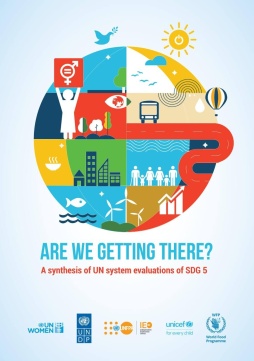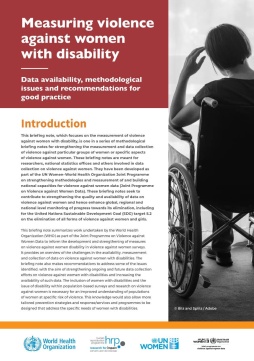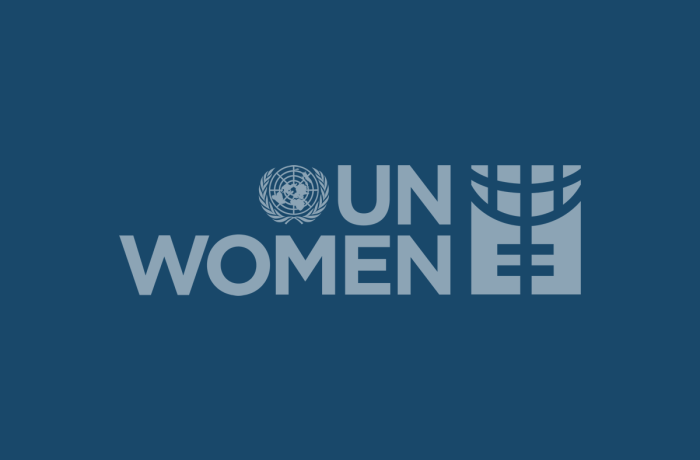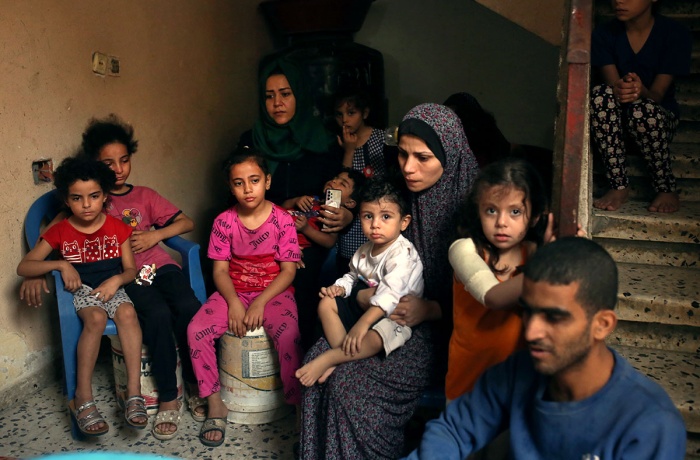Notes
[1] United Nations (2023). Women and peace and security: Report of the Secretary-General (S/2023/725), para. 9. The four processes include: the Geneva International Discussions, Libya, Sudan, Syria, but not Yemen.
[2] Wise, L. and Knäussel, F. (2023). (Still) Searching for Gender Perspectives in Peace Agreements. Peace and Conflict Resolution Evidence Platform.
[3] United Nations (2023). Women and peace and security: Report of the Secretary-General (S/2023/725), para. 8.
[4] United Nations (2023). Women and peace and security: Report of the Secretary-General (S/2023/725), para. 9.
[5] United Nations (2023). Women and peace and security: Report of the Secretary-General (S/2023/725), para. 18.
[6] United Nations (2023). Women and peace and security: Report of the Secretary-General (S/2023/725), para. 52.
[7] These include: (a) countries featuring on agenda items of which the Security Council is currently seized, and which have been considered by the Council at a formal meeting during the period from 1 January 2022 to 31 December 2022; (b) countries with peacekeeping or special political missions in 2022; and (c) countries that received programmatic funds from the Peacebuilding Fund in 2022.
[8] IPU and UN Women (2023). Women in politics: 2023.
[9] IPU and UN Women (2023). Women in politics: 2023. United Nations (2023). Women and peace and security: Report of the Secretary-General (S/2023/725), para. 68.
[10] UN Women analysis. Data sources: Women in Local Government.
[11] UN Gender Quota Portal. Data as of 1 January 2023. UN Women calculations based on IPU and UN Women (2023). Women in politics: 2023.
[12] UN Women calculations based on data from Women in Local Government.
[13] United Nations (2023). Women and peace and security: Report of the Secretary-General (S/2023/725), para. 68.
[14] Disaggregated data provided by OHCHR.
[15] Disaggregated data on SDG 16.10.1 provided by OHCHR.
[16] According to ACLED’s methodology, these events refer to cases of direct targeting of women, such as attacks, abductions, or riots and mob violence when the victims were predominantly or entirely women or girls.
[17] Data come from the Armed Conflict Location and Event Data Project (ACLED), accessed June 2023.
[18] United Nations Office of the Special Representative of the Secretary-General on Sexual Violence in Conflict (2023). Factsheet: 2022 Report of the Secretary-General on conflict-related sexual violence.
[19] United Nations (2023). Conflict-related sexual violence: Report of the Secretary-General (S/2023/413).
[20] Data by sex available in 65 countries, including those with data for 2010 or nearest year before 2015, and data for 2021 or latest year since 2017. Source: UN Office of Drugs and Crime data on criminal justice personnel, accessed August 2023.
[21] United Nations (2023). Women and peace and security: Report of the Secretary-General (S/2023/725), para. 62.
[22] United Nations (2023). Women and peace and security: Report of the Secretary-General (S/2023/725), para. 64.
[23] UN Women analysis based on data on SDG 16.1.a.
[24] Stockholm International Peace Research Institute (2023). World military expenditure reaches new record high as European spending surges.
[25] United Nations (2023). Women and peace and security: Report of the Secretary-General (S/2023/725), para. 45.
[26] United Nations Institute for Disarmament Research (2020). Still behind the curve: Gender balance in arms control, non-proliferation and disarmament diplomacy.
[27] UN Action Against Sexual Violence in Conflict (2022). Framework for the prevention of conflict-related sexual violence.
[28] United Nations Institute for Disarmament Research (2023). Addressing weapons in conflict-related sexual violence: The arms control and disarmament toolbox.
[29] United Nations (2023). Women and peace and security: Report of the Secretary-General (S/2023/725). Data come from the WPS Focal Points Network.
[30] United Nations (2023). Women and peace and security: Report of the Secretary-General (S/2023/725). Data come from the WPS Focal Points Network.
[31] UN Women (2023). Policy brief: Gender-responsive approaches to foreign policy and the 2030 Agenda: Feminist foreign policies.
[32] WPS Focal Points Network.
[33] United Nations (2023). Women and peace and security: Report of the Secretary-General (S/2023/725), para. 79. Data come from Compact on Women, Peace and Security and Humanitarian Action.
[34] United Nations (2023). Women and peace and security: Report of the Secretary-General (S/2023/725), para. 17
[35] United Nations (2023). Women and peace and security: Report of the Secretary-General (S/2023/725), para 83 and Figure 6.
[36] United Nations (2023). Women and peace and security: Report of the Secretary-General (S/2023/725), para. 22
[37] United Nations (2023). Women and peace and security: Report of the Secretary-General (S/2023/725), para. 22
[38] United Nations (2023). Women and peace and security: Report of the Secretary-General (S/2023/725), para. 22
[39] The six missions that have senior gender advisors include Afghanistan (UNAMA), Iraq (UNAMI), Libya (UNSMIL), Somalia (UNSOM), Sudan (UNITAMS), and Special Envoy of the Secretary-General for the Great Lakes Region.
[40] United Nations (2023). Women and peace and security: Report of the Secretary-General (S/2023/725), para. 84.
[41] United Nations (2023). Women and peace and security: Report of the Secretary-General (S/2023/725), para. 84. The missions that have gender units include UNMISS, MINUSMA, MINUSCA, MONUSCO, UNMIK, UNISFA, UNIFIL, and UNFICYP.
[42] United Nations (2023). Women and peace and security: Report of the Secretary-General (S/2023/725), para. 85.
[43] United Nations (2023). Women and peace and security: Report of the Secretary-General (S/2023/725), para. 85.
[44] United Nations (2023). Women and peace and security: Report of the Secretary-General (S/2023/725), para. 26
[45] Data come from the UN Department of Political and Peacebuilding Affairs, Peacebuilding Support Office.
[46] United Nations (2023). Women and peace and security: Report of the Secretary-General (S/2023/725), para.82.
[47] See UN Women (2023). Global norms and standards: Peace and security.
[48] United Nations (2023). Women and peace and security: Report of the Secretary-General (S/2023/725), para. 98. The 16 Council members include Albania, Brazil, Ecuador, France, Gabon, Ireland, Japan, Kenya, Malta, Mexico, Niger, Norway, Switzerland, United Arab Emirates, the United Kingdom of Great Britain and Northern Ireland, and the United States of America. For more details on the origins of this initiative, see “A Security Council Presidency trio for women, peace and security: Ireland, Kenya and Mexico, September, October and November 2021: Handover and summary” (S/2022/91).
[49] United Nations (2023). Women and peace and security: Report of the Secretary-General (S/2023/725), para. 98.
[50] United Nations (2023). Women and peace and security: Report of the Secretary-General (S/2023/725), para. 99.
[51] United Nations (2023). Women and peace and security: Report of the Secretary-General (S/2023/725), para. 71.
[52] United Nations (2023). Women and peace and security: Report of the Secretary-General (S/2023/725), para. 72.
[53] United Nations Peacebuilding Fund (2023). Climate security and peacebuilding thematic review, p. 50.
[54] United Nations (2023). Women and peace and security: Report of the Secretary-General (S/2023/725), para. 72.
[55] Conflict-affected contexts include countries identified as “fragile” according to the Organisation for Economic Co-operation and Development (OECD).
[56] United Nations (2023). Women and peace and security: Report of the Secretary-General (S/2023/725), para. 88. Data come from OECD Creditor Reporting System database, accessed 6 June 2023.
[57] United Nations (2023). Women and peace and security: Report of the Secretary-General (S/2023/725), para. 88. Data come from OECD Creditor Reporting System database, accessed 6 June 2023.
[58] United Nations (2023). Women and peace and security: Report of the Secretary-General (S/2023/725), para. 91.
[59] United Nations (2023). Women and peace and security: Report of the Secretary-General (S/2023/725), para. 89.
[60] United Nations (2023). Women and peace and security: Report of the Secretary-General (S/2023/725), para. 90.
[61] United Nations (2023). Women and peace and security: Report of the Secretary-General (S/2023/725), para. 93.
[62] United Nations (2023). Women and peace and security: Report of the Secretary-General (S/2023/725), para. 95.
[Page updated on 23 October 2023.]
